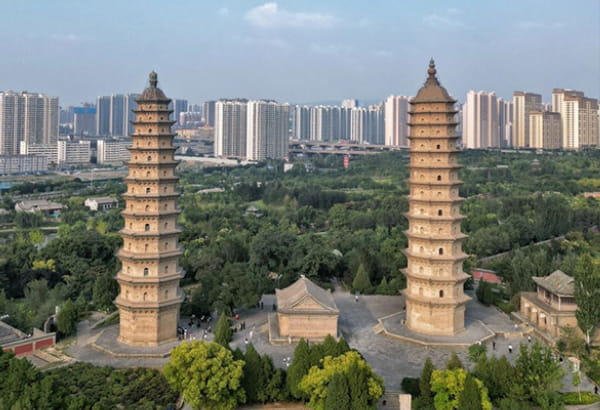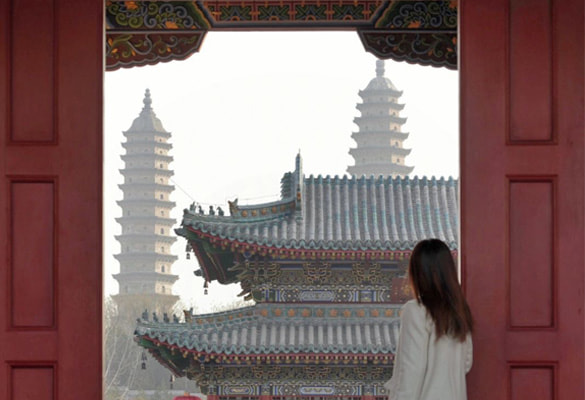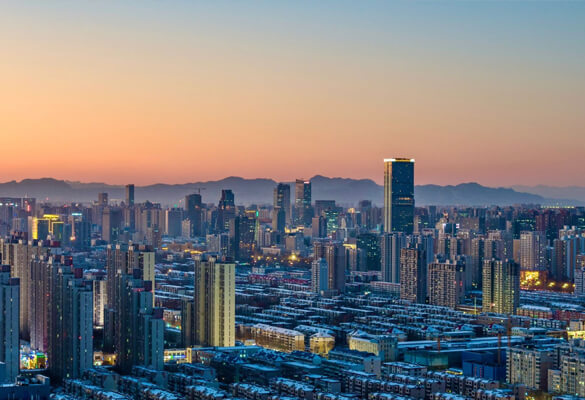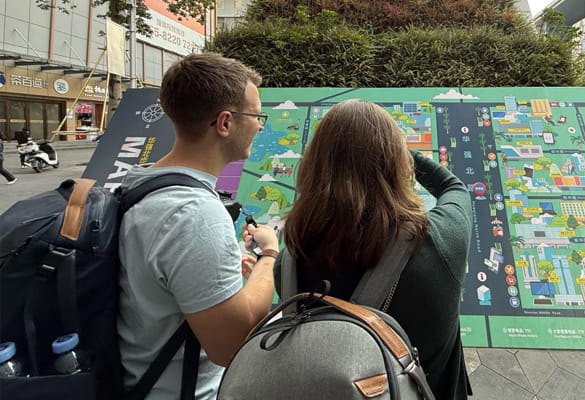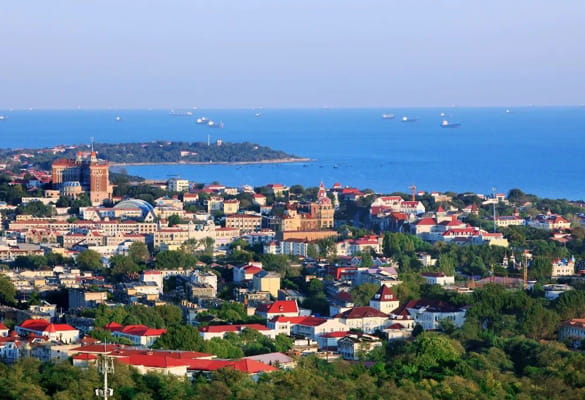A Warm Welcome to Hebei
Dear friends, welcome to the enchanting land of Hebei! Nestled in North China, Hebei is a dazzling “pearl” that combines a favorable geographical location with a fascinating blend of history and modernity. Here, nature and culture harmoniously coexist. Come and lift the veil of mystery to embark on a unique journey of discovery.
Major Cities: Each with Distinctive Charms
Shijiazhuang: A Dynamic Hub of Vitality and History
As the capital of Hebei Province, Shijiazhuang is a vibrant modern city with a rich historical and cultural legacy. Thanks to its strategic location, it serves as a key transportation hub, making it easy to explore the rest of Hebei.

While in Shijiazhuang, don’t miss Zhengding Ancient City, famous for its “nine towers, four pagodas, eight temples, and twenty-four gold-plated memorial arches.” Longxing Temple, one of China’s best-preserved Buddhist temples from the early era, is a must-see. The Dabei Pavilion within the temple houses a stunning 21.3-meter-high bronze statue of Thousand-Armed Avalokitesvara, a breathtaking example of exquisite craftsmanship. The Zhengding Ancient City Wall also offers an immersive walk through time, where you can imagine the grandeur of past dynasties.
Tangshan: A City Reborn from Tragedy
Tangshan, once devastated by an earthquake, has emerged from the ashes like a phoenix, offering visitors a remarkable blend of industrial heritage and modern charm. It is one of China’s leading industrial hubs.

The South Lake Tourist Scenic Area, a former coal mining subsidence area, has been transformed into a beautiful urban wetland park. The tranquil lake, surrounded by green trees, is perfect for a relaxing day out. For history enthusiasts, the Eastern Qing Tombs provide a fascinating glimpse into China’s imperial past, being the largest and most complete collection of Qing Dynasty tombs in the country.
Qinhuangdao: A Coastal Paradise
Located on the coast of the Bohai Sea, Qinhuangdao is known for its pristine beaches and gentle tides, making it an ideal coastal getaway.

Beidaihe, one of Qinhuangdao’s premier attractions, is famed for its beautiful beaches and temperate climate. In the summer, you can enjoy leisurely beach walks, sunbathe, or take a refreshing swim in the sea. The Laolongtou Scenic Area, where the Great Wall meets the sea, is another must-see. The “dragon head” of the Great Wall plunging into the ocean is an awe-inspiring sight, combining natural beauty with historical significance.
Baoding: A City Steeped in History
Baoding, often referred to as the “southern gate of the capital,” is a city rich in history and culture.

The Zhili Governor’s Office in Baoding is the best-preserved provincial yamen from the Qing Dynasty, offering a glimpse into the past governance of China. The Ancient Lotus Pond is another highlight, known for its classical garden design. When the lotus flowers bloom, the delicate fragrance fills the air, offering a serene atmosphere perfect for quiet contemplation.
Historical Sites: A Window into the Past
Chengde Mountain Resort: The Royal Summer Retreat
Chengde Mountain Resort, an imperial garden built over nearly a century, served as the summer retreat for Qing emperors. Its architecture blends southern and northern Chinese styles, reflecting the emperor’s desire to connect with nature and escape the summer heat.

Walking through the resort, you’ll pass elegant palaces and enjoy picturesque lakes and gardens. The “Zhijing Yundi,” modeled after the famous Su Causeway at West Lake, offers stunning panoramic views. The mountainous area features rugged peaks and ancient pine trees, evoking a sense of untamed beauty.
Shanhaiguan: The “First Pass Under Heaven”
Shanhaiguan, known as the “First Pass Under Heaven,” is the easternmost point of the Great Wall and a historic military stronghold.

Standing at the pass, you can gaze upon the towering city wall, punctuated by impressive arrow towers. The Great Wall winds over the mountains, disappearing into the horizon, showcasing the immense scale and strategic importance of this historic site.
Special Cuisines: A Feast for the Senses
Donkey Burger: The Perfect Fusion of Crunch and Tenderness
The donkey burger is a signature dish of Hebei cuisine. The outer crust is golden and crispy, while the tender donkey meat inside is juicy and rich in flavor. The combination of textures—crunchy on the outside, tender on the inside—creates a delicious contrast that leaves an unforgettable taste.
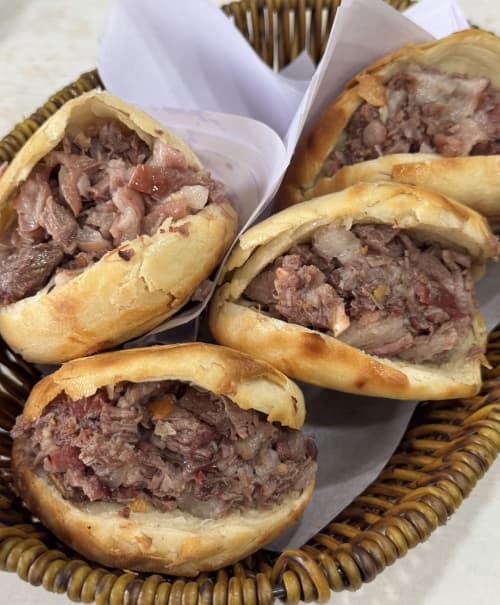
Zhengding Eight Bowls: A Traditional Culinary Delight
Zhengding Eight Bowls is a renowned traditional dish featuring four meat and four vegetarian dishes. The meat dishes include braised elbow, braised pork, square pork, and meatballs, while the vegetarian dishes feature ingredients like kelp, vermicelli, tofu, and Chinese cabbage. Each dish is carefully prepared using a variety of cooking methods, resulting in a rich and flavorful meal. This dish is a favorite during family gatherings, providing a hearty and comforting dining experience.
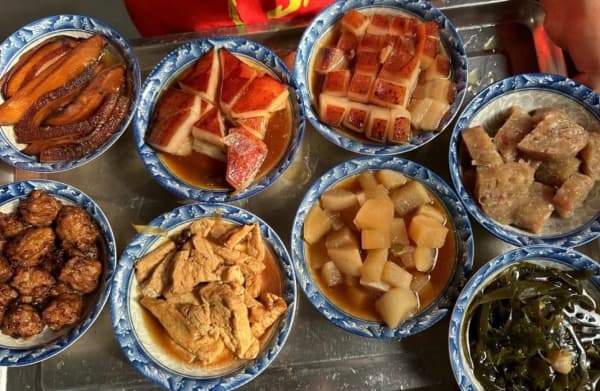
Chengde Mutton Soup: A Winter Comfort
Chengde Mutton Soup is a perfect winter dish, known for its rich broth and tender mutton. The mutton is slowly simmered to release its flavors into the soup, which turns a creamy white color. The soup is fragrant and warming, ideal for a cold day. Add some chili oil, coriander, or scallions to personalize the flavor to your liking.
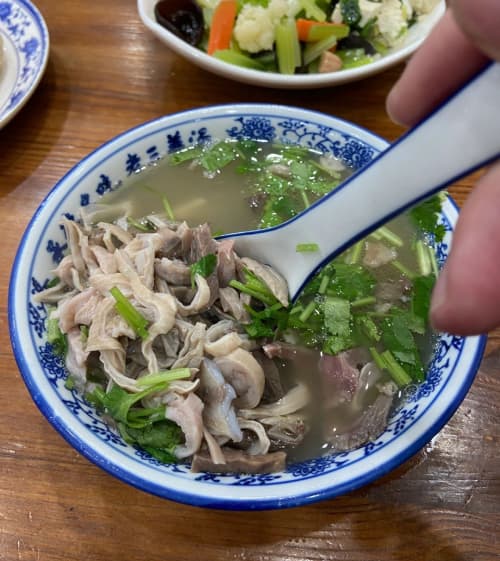
Colorful Cultures: A Blossoming Tapestry
Hebei Bangzi: The Passionate Art of Opera
Hebei Bangzi is a traditional opera genre known for its high-pitched, passionate, and dramatic singing style. The opera is rich in emotion and often portrays historical stories or folk tales. The actors bring the characters to life with their exceptional singing and acting skills, accompanied by the energetic rhythms of traditional instruments.
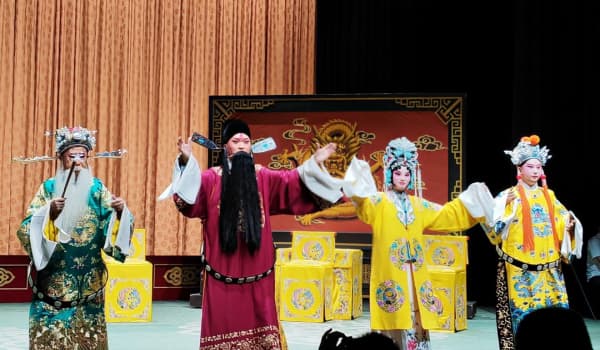
Tangshan Shadow Puppetry: A Magical Tradition
Tangshan Shadow Puppetry is a form of folk art where animal skin or cardboard figures are illuminated by light to create animated stories. The intricate puppets are skillfully carved and painted, and their movements bring traditional tales to life. The performers’ skilled manipulation and dramatic storytelling make this an enchanting and culturally rich experience.

Yuxian Paper-Cutting: A Delicate Art Form
Yuxian Paper-Cutting is a famous folk art from Hebei, known for its intricate designs and vibrant colors. The craft involves carving patterns into layers of paper, and the resulting artworks often depict flowers, animals, and folklore. The colorful paper cuts serve as decorations or souvenirs, capturing the essence of Hebei’s folk traditions.

Practical Travel Guide
Transportation Tips
Hebei is easily accessible by air, rail, and bus. Shijiazhuang Zhengding International Airport serves as a key gateway to the region, with flights connecting to major cities both domestically and internationally. The high-speed rail network is extensive, making it easy to travel within the province. Long-distance buses are also available and provide an affordable option for getting around.
Where to Stay
Hebei offers a range of accommodation options, from international hotel chains in cities like Shijiazhuang and Tangshan to local homestays that offer a more intimate, culturally immersive experience. In Chengde, for instance, some homestays are located near ancient streets, allowing you to experience the historic charm of the area.
Shopping Suggestions
Souvenir shopping in Hebei is a treat. From traditional shadow puppets to intricate paper-cuttings, the region offers a variety of unique handicrafts. Many tourist attractions have souvenir shops, but for more authentic finds, visit local markets and workshops where you can meet the artisans and purchase one-of-a-kind pieces.


